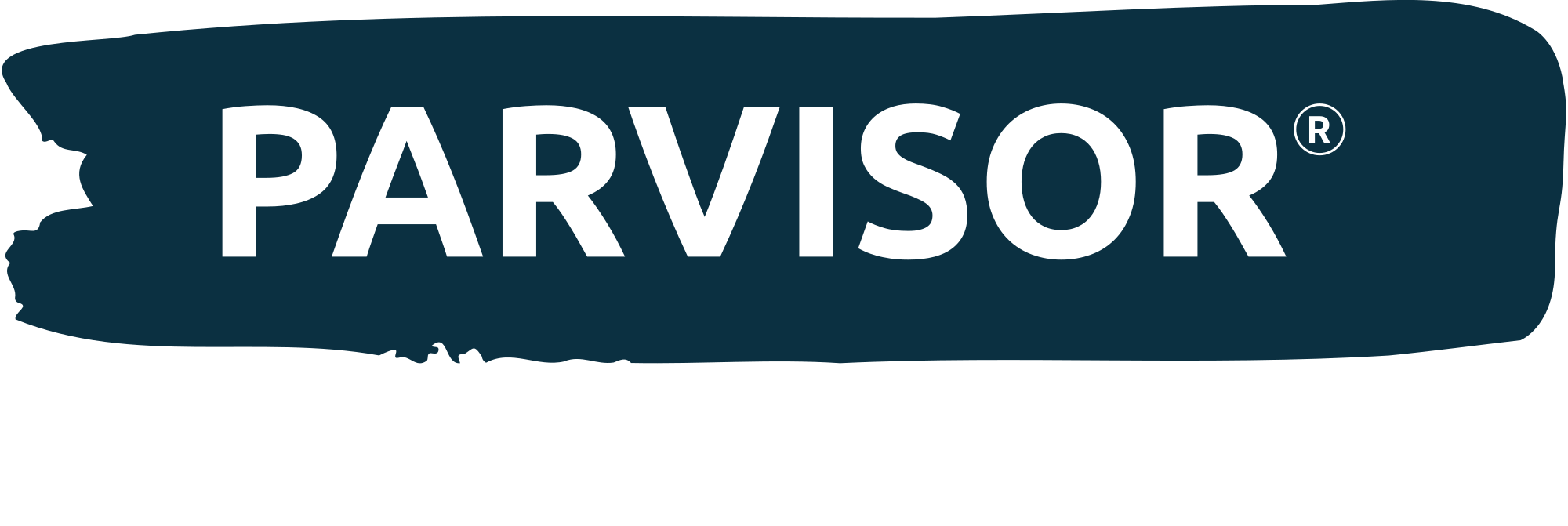In your business plan’s Organization and Management section, it’s essential to go beyond the leadership team and shed light on your regular staff or employees. These individuals play a pivotal role in the daily operations and growth of your business. Here’s how to incorporate this crucial aspect into your plan:
Regular Staff or Employees
- Staff Roles and Responsibilities
Begin by outlining the key roles and responsibilities of your regular staff or employees. Provide a comprehensive overview of the positions that form the backbone of your business operations.
- Recruitment Strategy
Describe your strategy for recruiting staff, explaining where and how you intend to find potential employees. Highlight any partnerships with recruitment agencies, job boards, or universities if applicable, and discuss your approach to attracting diverse talent.
- Qualifications and Qualities
Define the qualifications, skills, and qualities you seek in candidates for each role, specifying any certifications, degrees, or experience requirements. Address the importance of cultural fit and the qualities that align with your company values.
- Hiring Process
Detail your hiring process, including job posting, application screening, interviewing, and selection criteria. Emphasize your commitment to fair and unbiased hiring practices.
- Training and Development
Elaborate on your training and development programs for staff, explaining how you onboard new employees, providing them with the necessary skills and knowledge to excel in their roles, and outlining ongoing training initiatives to keep staff updated on industry trends and best practices.
- Employee Benefits
Discuss the benefits you offer to regular staff, such as healthcare, retirement plans, paid time off, and any additional perks or incentives. Explain how these benefits contribute to staff satisfaction and retention.
- Compensation Structure
Clarify your compensation structure, including salaries, bonuses, and incentives. Describe your approach to performance-based compensation and opportunities for career advancement.
- Diversity and Inclusion
Address your commitment to diversity and inclusion within your workforce, describing initiatives aimed at fostering a diverse and inclusive workplace culture.
- Staff Retention
Share your strategies for retaining talented staff, highlighting initiatives that promote employee engagement, job satisfaction, and long-term commitment to your company.
- Employee Feedback and Communication
Explain how you encourage feedback and open communication with your staff, discussing mechanisms for addressing concerns and ensuring that employee voices are heard.
- Compliance and Regulations
Highlight your commitment to complying with labor laws, workplace safety regulations, and other employment-related legal requirements. Discuss any certifications or accreditations that demonstrate your commitment to fair employment practices.
- Staff Growth Opportunities
Illustrate opportunities for career growth and advancement within your organization, emphasizing your commitment to nurturing talent from within and promoting from within the company.
Incorporating regular staff or employee management into your Organization and Management section demonstrates your dedication to building a skilled and engaged workforce. It showcases your commitment to fair employment practices, professional development, and creating an inclusive workplace. By addressing these aspects, you present a comprehensive picture of your company’s commitment to fostering a thriving and productive workforce.
